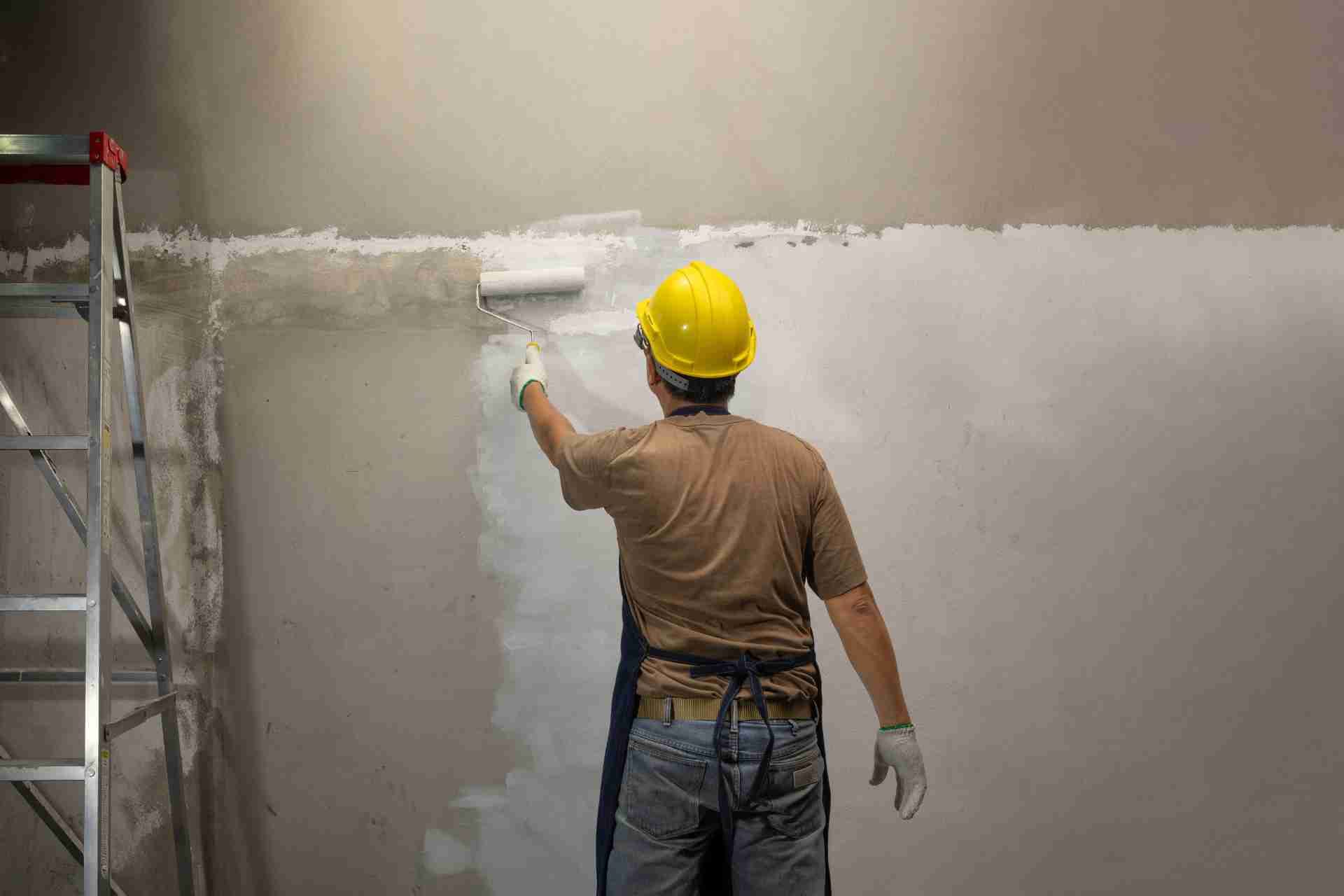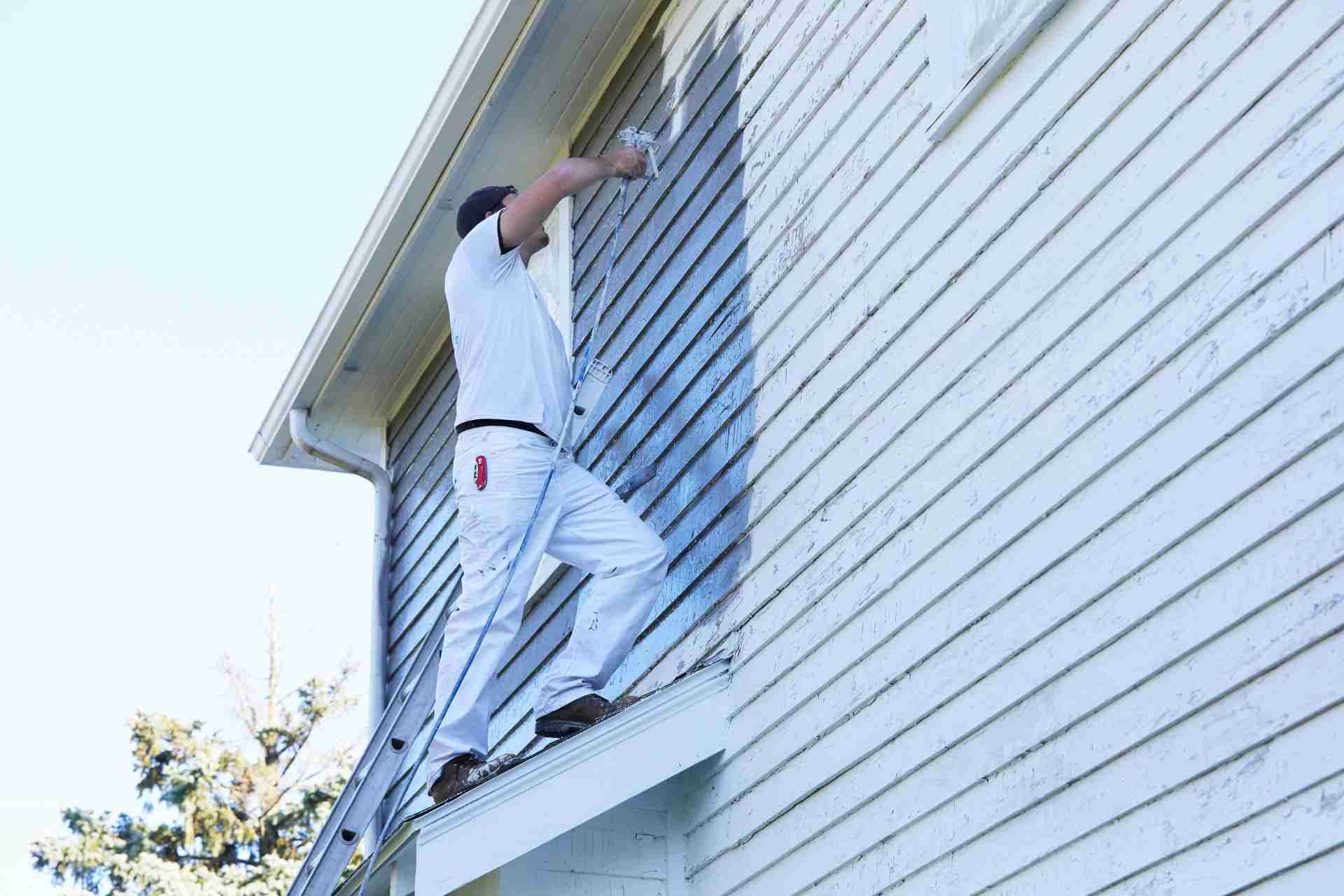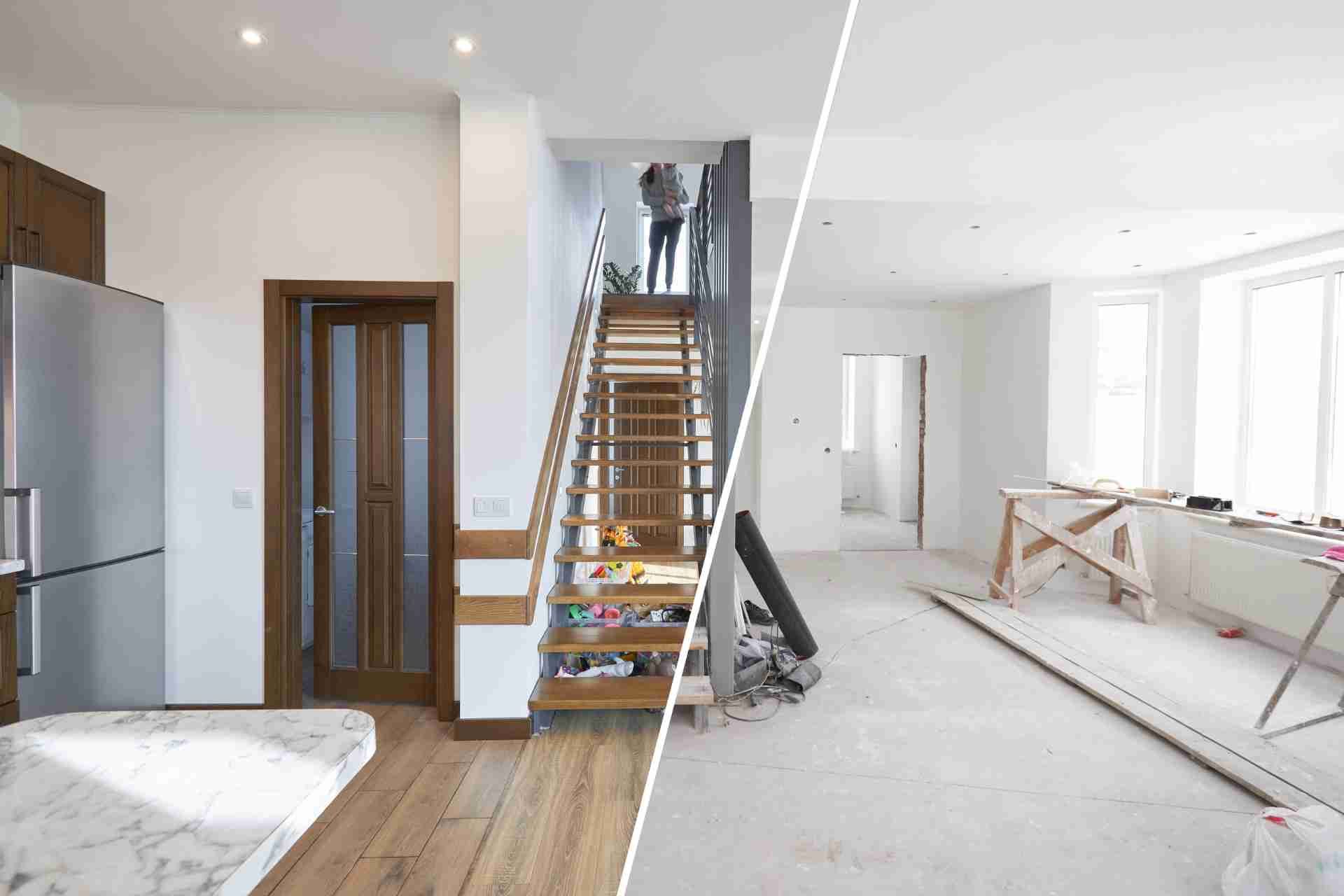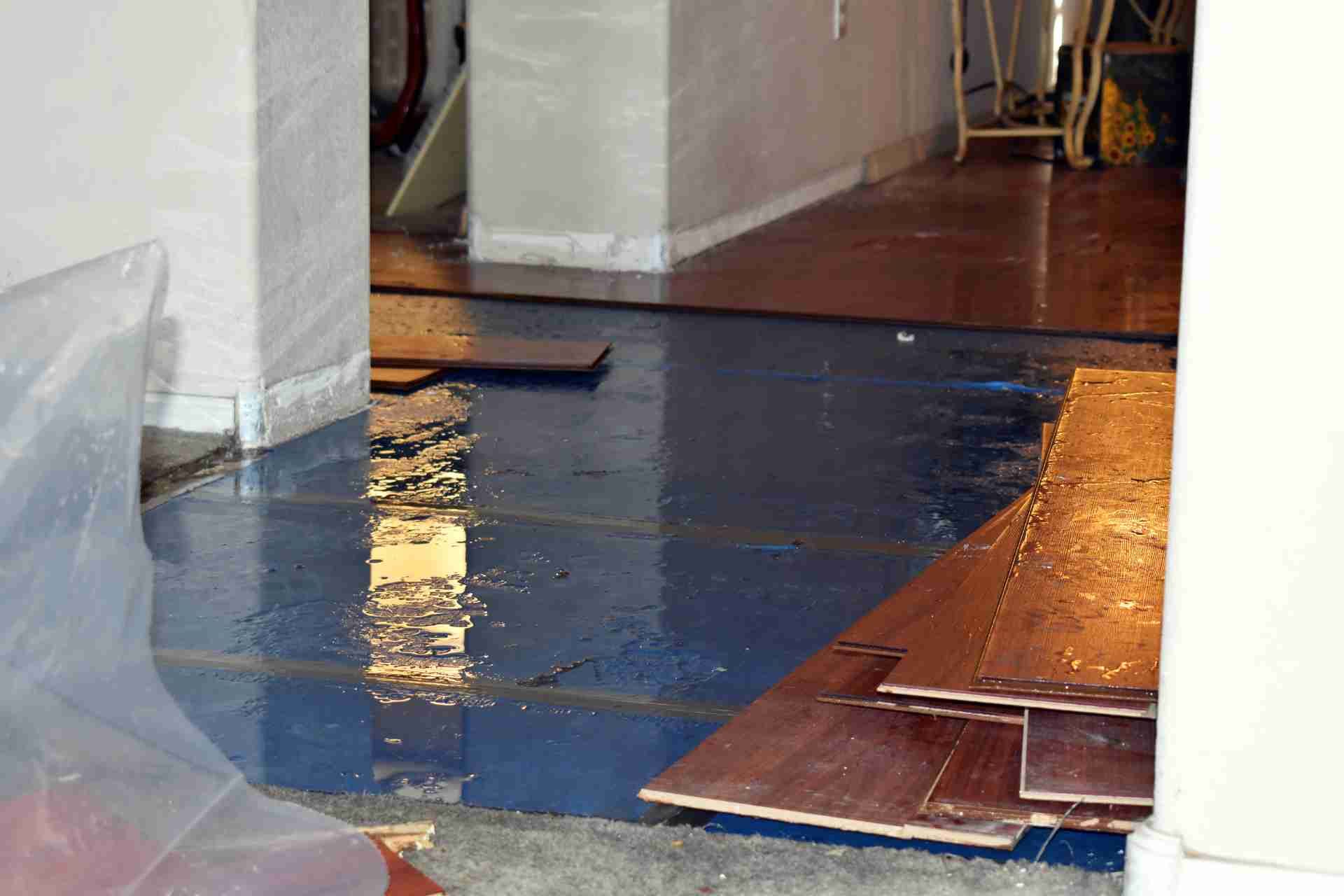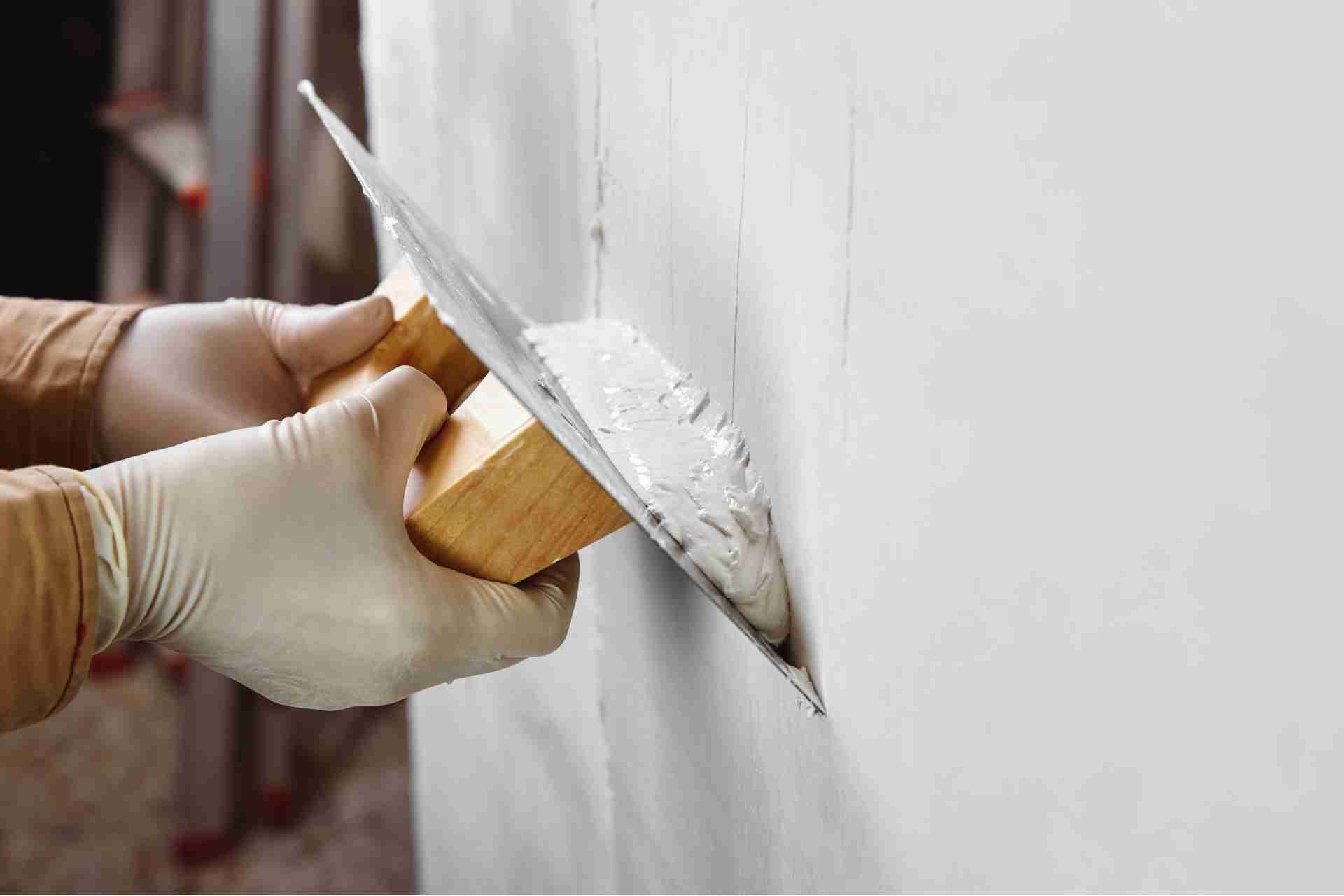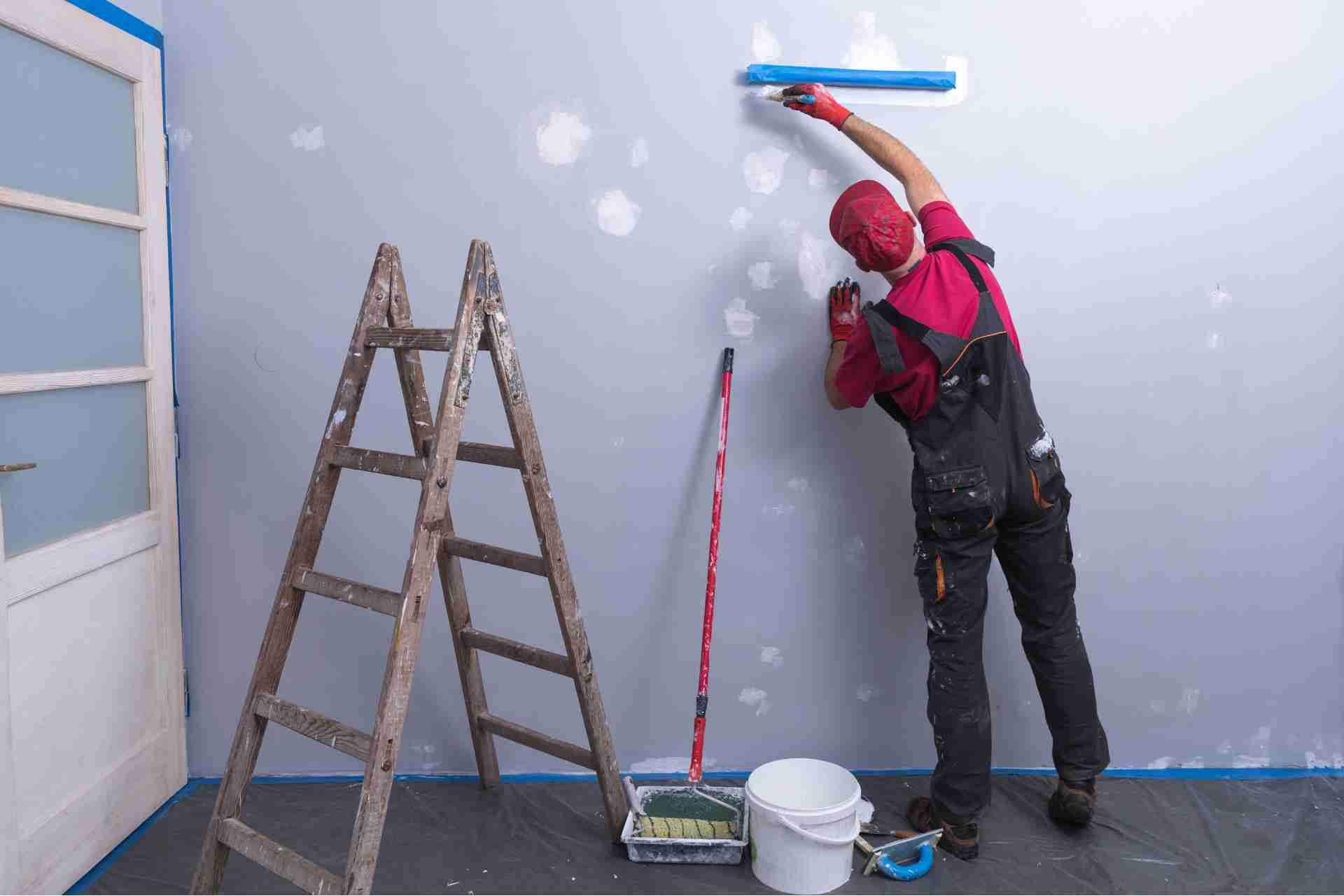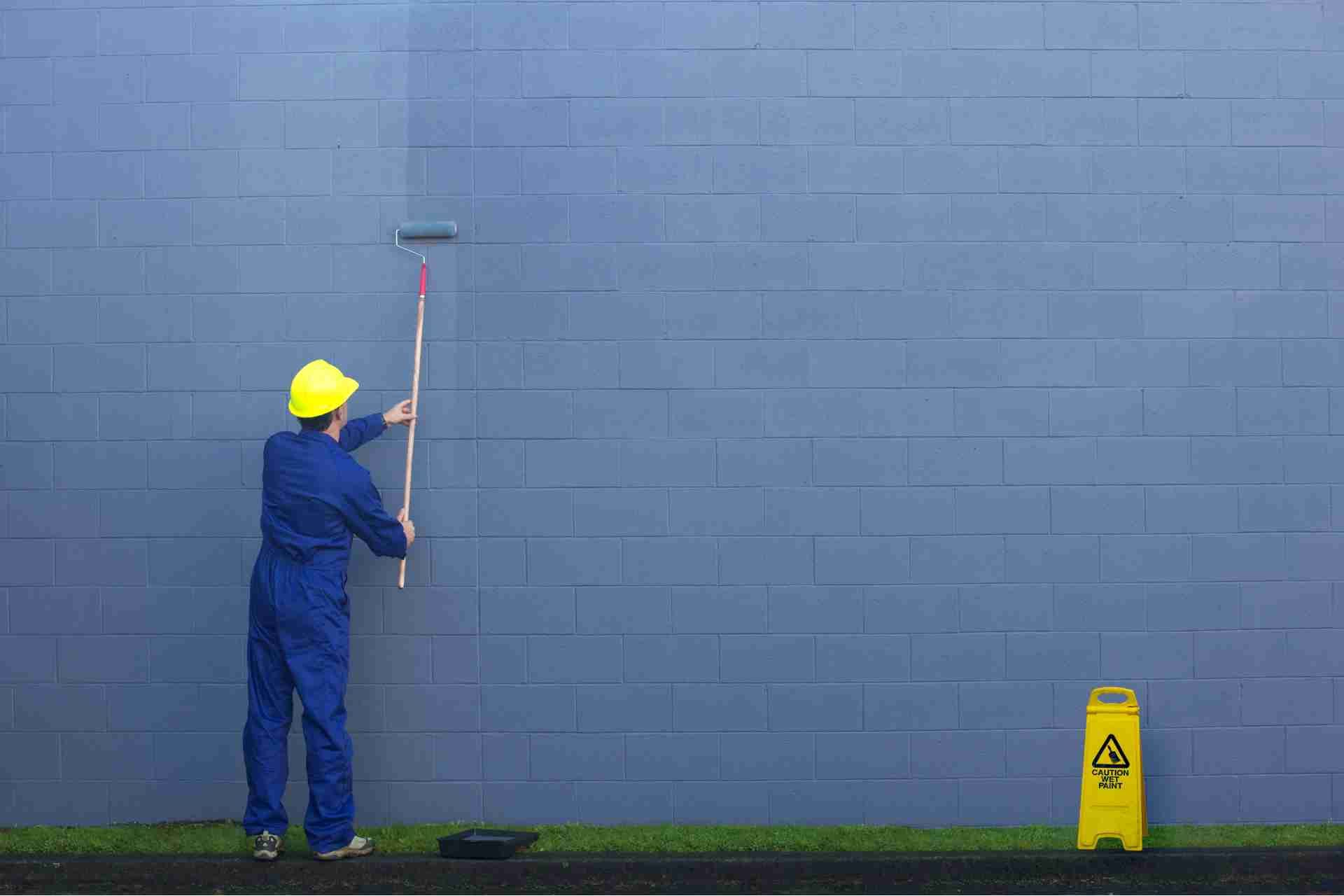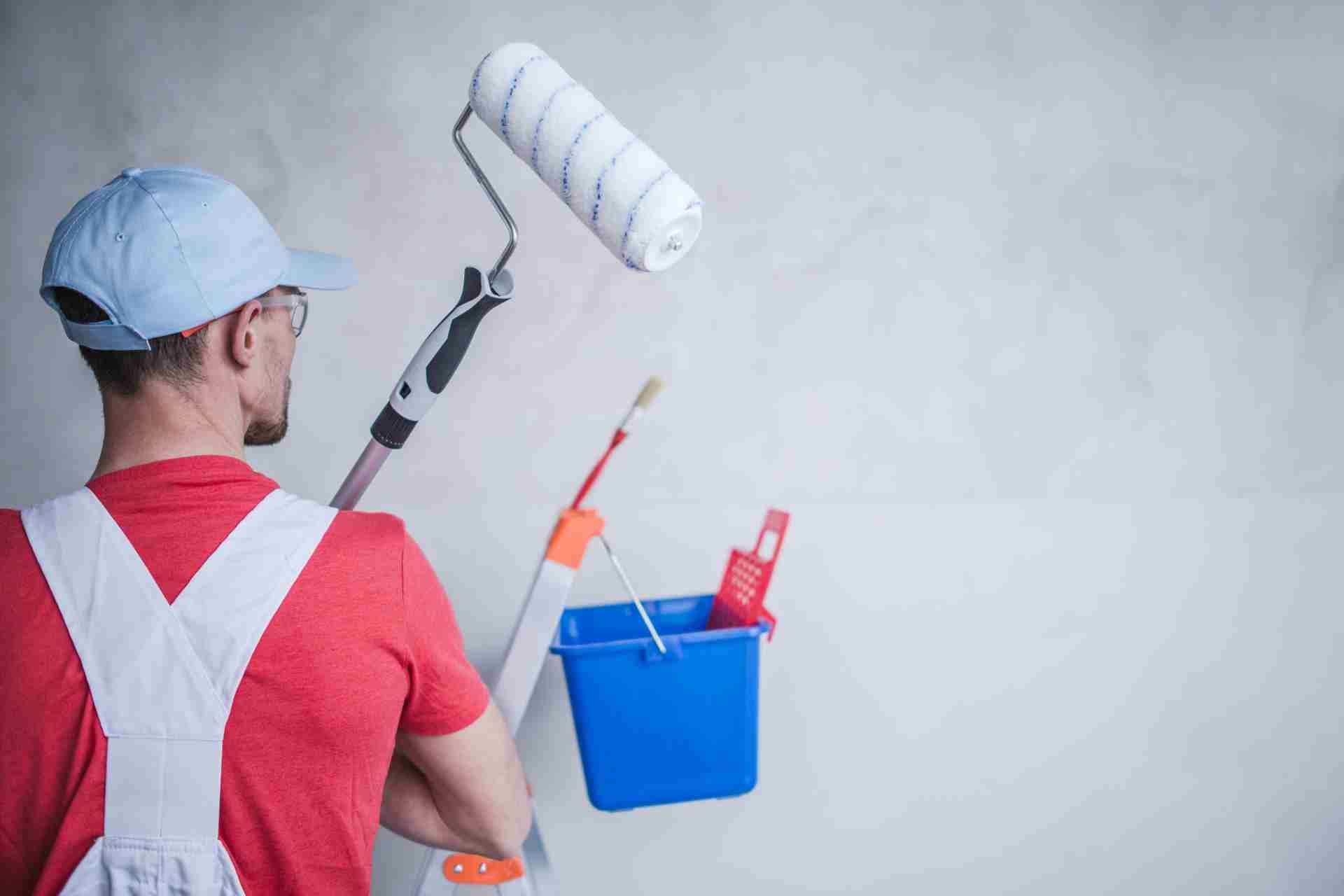Tips on How to Paint for High Moisture Areas
High moisture areas such as bathrooms, kitchens, and laundry rooms can pose a challenge when it comes to painting. The constant exposure to steam, humidity, and water can cause traditional paint to peel, bubble, or mold over time.
When it comes to painting in high moisture areas, it's important to use the right materials and techniques to ensure a long-lasting and professional finish. Moisture can cause paint to bubble, peel, or mold, so taking the necessary precautions will help to keep your paint looking fresh and vibrant for years to come. Here are some tips on how to paint for high moisture areas:
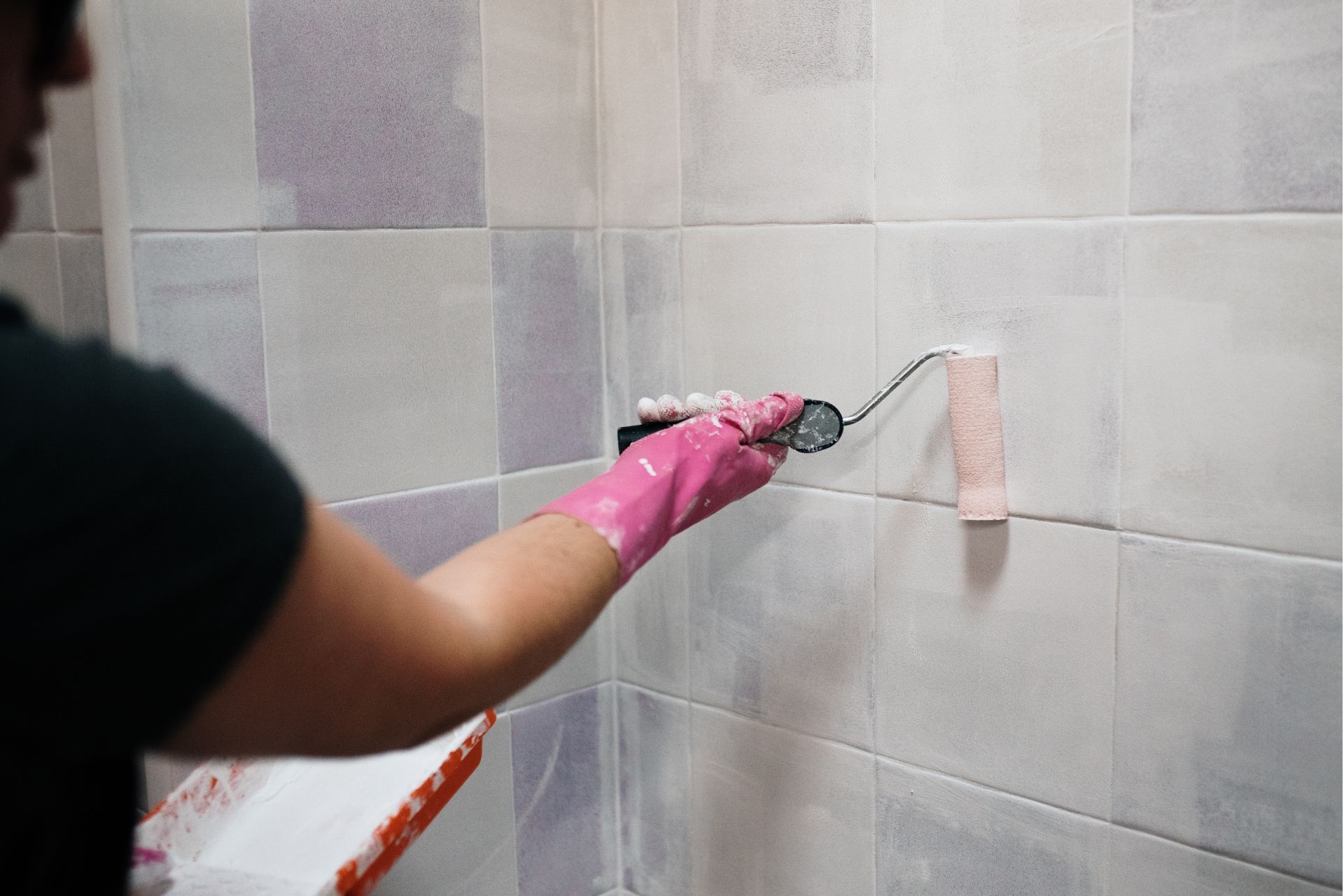
Use the right paint
When painting in high moisture areas, it's important to use a paint that is mold and mildew resistant. These paints are formulated with anti-microbial properties that inhibit the growth of mold and mildew, making them perfect for areas that are prone to dampness and humidity. Mold and mildew not only look unsightly, but they can also be harmful to your health, so it's crucial to prevent their growth in your home.
In addition to mold and mildew resistance,
choosing a paint with a high moisture barrier is also essential. High moisture environments can cause water to seep into the walls and damage the paint, so it's important to have a barrier in place to protect your walls from water damage. Look for paints with moisture-blocking technology to ensure that your paint job stays looking fresh and clean for years to come.
Prep the surface
Before painting, make sure to properly prepare the surface by cleaning it thoroughly and repairing any cracks or damage.
- Clean the surface: Before you begin painting, make sure to thoroughly clean the surface you will be painting. Use a mild detergent and water to remove any dirt, grease, or grime. This will help the paint adhere better to the surface.
- Repair any damage: Inspect the surface for any cracks, holes, or damage. Fill any holes with spackling compound and sand them down to create a smooth surface. Repairing any damage before painting will help ensure a flawless finish.
- Use a high-quality primer: In high moisture areas, it is important to use a high-quality primer before painting. A primer will help seal the surface and prevent moisture from seeping through the paint. This will help the paint adhere better and last longer in high humidity environments.
- Choose the right paint: When painting in high moisture areas, it is important to choose the right type of paint. Look for paints that are specifically formulated for high humidity environments. These paints are designed to resist moisture and prevent peeling and bubbling.
Use a primer
Applying a primer before painting can help to seal the surface and provide a smooth base for the paint to adhere to. Choose a primer that is specifically formulated for high moisture areas, such as a mold-resistant primer, to help prevent mold and mildew growth.
Ventilate the area
One of the most important things you can do before painting in a high moisture area is to ensure that the space is properly ventilated. This means opening windows, using fans, or even using a dehumidifier to help remove excess moisture from the air. By ventilating the area before painting, you can help the paint to dry properly and adhere to the surface, rather than being affected by the moisture in the air.
Ventilating the area before painting can also help to prevent mold and mildew growth, which can be a common problem in high moisture areas. Mold and mildew can not only ruin the paint job, but they can also be harmful to your health. By ventilating the area, you can help to reduce the risk of mold and mildew growth, keeping your space looking and feeling fresh and clean.
Apply multiple coats
To ensure a durable and long-lasting finish, it's important to apply multiple coats of paint in high moisture areas. Allow each coat to dry completely before applying the next one, and be sure to follow the manufacturer's recommendations for drying times.
Seal the paint
Once the paint has dried, consider applying a clear sealer to provide an extra layer of protection against moisture and mold. This will help to prolong the life of the paint and keep it looking fresh and clean.
Choose a satin or semi-gloss finish
When painting in high moisture areas, it's best to opt for a satin or semi-gloss finish. These finishes are more durable and easier to clean, making them ideal for areas prone to moisture.
Ideal Humidity for Painting
The ideal humidity level for painting typically falls between 40-50%. This range allows the paint to dry at a moderate pace, ensuring a smooth and even finish. If the humidity is too high, the paint may take longer to dry and could result in a streaky or uneven appearance. On the other hand, if the humidity is too low, the paint may dry too quickly, leading to cracking and peeling.
What Happens if You Paint in a High Humidity
First and foremost, high humidity can prolong the drying time of paint. This is because paint relies on evaporation to dry and cure properly. When the air is saturated with moisture, evaporation is slowed down, leading to a longer drying process. In extreme cases, the paint may not dry at all, resulting in a tacky or sticky finish that attracts dust and dirt.
Moreover, high humidity can also cause the paint to bubble or blister. This is especially common when painting with oil-based paints, as the moisture in the air can react with the chemicals in the paint, causing the surface to bubble. This not only ruins the appearance of the paint job but also weakens its adhesion to the surface.
In addition, high humidity can lead to poor adhesion of the paint to the surface. When the air is filled with moisture, it can prevent the paint from bonding properly with the substrate. This can result in peeling, cracking, or flaking of the paint over time.
Furthermore, high humidity can also promote mold and mildew growth on freshly painted surfaces. Mold and mildew thrive in damp environments, and high humidity provides the perfect conditions for their growth. Not only can this ruin the appearance of the paint job, but it can also pose health risks to individuals living or working in the space.
Hire a Professional to Do it for You
So if you're looking to freshen up your high moisture area with a new paint job, look no further than
Pine Tree Painting. Their expertise, attention to detail, and use of high-quality, moisture-resistant paints make them the perfect choice for any painting project in these challenging spaces.
Contact them today to schedule a consultation and see how they can transform your space with a professional paint job that will stand the test of time.

